Airco DH.4 Royal Flying Corps
Production Time 9 to 10 weeks
Shipment is by FedEx, UPS or DHL International Express Courier with a normal door-to-door delivery time worldwide of within 2-3 business days after dispatch. Due to the current volatility of world fuel prices, the amount mentioned here is our best estimate for DHL and UPS and may be subject to change at the time of shipping.

Model Description: Airco DH.4 Royal Flying Corps Wood Replica Scale Custom Model Helicopter
Manufacturer: Airco
Wingspan: 17 Inches (43.2 Centimeters)
Height: 4.3 Inches (10.9 Centimeters)
Scale: 1:31
$249.50
Production Time 9 to 10 weeks
-
United States dollar ($)
-
Pound sterling (£)
-
Euro (€)
-
Australian dollar ($)
-
Canadian dollar ($)
-
Singapore dollar ($)
-
Swiss franc (CHF)
-
Japanese yen (¥)
-
Danish krone (kr.)
-
Hong Kong dollar ($)
-
Norwegian krone (kr)
-
Swedish krona (kr)
-
United Arab Emirates dirham (د.إ)
General Product Description
Our PlaneArts Airco DH.4 Royal Flying Corps model exhibits unique, unrivaled quality and detailed design to come as close as possible to the accuracy of the actual plane. It comes as standard with a robust, durable base or stand which is available in a variety of different finishes designed to match your own personal requirements including solid wood, wood with polished metal supports or adjustable wood wall mount and will be ready within about 9-10 weeks from placement of order.
The Airco DH.4 Royal Flying Corps model is made of the finest kiln dried renewable mahogany wood (commonly known as Lauan or Meranti) which has undergone many stages of carving and meticulous and careful sanding giving the beautiful, finished museum quality masterpiece. Many collectors and model connoisseurs demonstrate their preference for genuine handmade and hand painted mahogany wood models rather than plastic or die cast (diecast) alternatives due to the overall look and totally different feel of the item - we trust you will find the same. We can however, if required produce the same model in Solid Cast Resin so just click and contact us for further information. Our craftsmen and gifted artisans ensure that our finely handcrafted model airplanes match the precise blueprint details of the original aircraft. The paint scheme, markings and parts are closely matched, reflecting the original aircraft. This stylish top-quality desktop replica model will surely enthrall anyone who receives this as a gift and for sure one of the most appropriate and desirably collectable gifts for any military aviation enthusiast and avid aircraft collector whilst also displaying a perfect resemblance to the actual real life version.
There are many types of military propeller aircraft, but the basic types are bombers, fighters, fighter bombers, spotter planes, transporters, patrol aircraft, trainers, and reconnaissance and observation aircraft. All these types of aircraft are used for different types of missions. If you're a fan of historic or present-day military aviation, our model aircraft will bring the excitement and character of these aircraft right into your own home. You can order a wood airplane model of a North American B-25 Mitchell Bomber, a B17 - Flying Fortress, or a P-51 Mustang Nervous Energy V not forgetting the Bf 109, Spitfire, FW 190, A6M Zero, P-38 and F4U. These classic, propeller airplane models are of the highest quality. Each is individually crafted by our expert craftsmen. They produce handmade scale mahogany airplane models of the finest aircraft from World War I and II to present day biplanes and triplanes.
If you require, we can also make the Airco DH.4 Royal Flying Corps model in any other military, government or even private livery or colour scheme you require and if necessary, in a different size or scale. Just click here to contact us with a description or photographs of what you require, and we will let you have a quotation for the necessary customization by return email. We can also make bespoke scale replicas of any other private / civil commercial airliner or airliners, helicopter, glider, gliders with engines, military jet, warplane jets, biplane, triplane, tail fin, spacecraft, rocket or NASA model you require in any airline, military or civilian livery or colors. We also produce model airships, blimps, dirigibles, blimps, boats, and ship collectibles. Wall plaque or seal for military, government or private customers. Again, by clicking here to contact us just let us know exactly what you need.
The Airco DH.4: A Pioneering Aircraft of the Royal Flying Corps
The Airco DH.4 stands as a remarkable chapter in the annals of aviation history, particularly within the context of the Royal Flying Corps (RFC), the air arm of the British Army before and during World War I. Designed by Geoffrey de Havilland for Airco, and first flown in 1916, the DH.4 was a British two-seat biplane day-bomber, celebrated for its speed, range, and operational versatility. This aircraft not only played a pivotal role during the conflict but also marked significant technological and tactical advancements in military aviation. Here, we explore the key features and enduring legacy of the Airco DH.4.
Revolutionary Design and Performance:
The Airco DH.4 was powered by the new Rolls-Royce Eagle engine, making it one of the first aircraft to benefit from this significant leap in aero engine technology. The Eagle engine was notable for its reliability and power, contributing to the DH.4’s impressive performance metrics. With a maximum speed of around 143 miles per hour (mph) and a service ceiling of approximately 22,000 feet, the DH.4 was capable of achieving greater heights and speeds than many of its contemporaries.
Armament and Bomb Load:
One of the DH.4’s defining features was its heavy armament and substantial bomb load for the era. The aircraft typically carried one .303 in (7.7 mm) forward-firing Vickers machine gun for the pilot and one or two .303 in Lewis guns for the observer, providing a formidable offensive capability. Additionally, it could carry up to 460 pounds (210 kg) of bombs, making it a serious threat to ground targets and a valuable asset for strategic bombing missions.
Operational Use and Versatility:
The DH.4 was utilized extensively by the Royal Flying Corps and later by the Royal Air Force (RAF), which was formed on April 1, 1918, by merging the RFC and the Royal Naval Air Service. It served on every front of the First World War, from the Western Front to the Middle East, demonstrating remarkable versatility. The aircraft was not only employed in day-bombing raids but also in reconnaissance, artillery spotting, and as a fighter escort, showcasing its adaptability to various roles.
Legacy and Influence:
The Airco DH.4’s influence extended far beyond its immediate wartime contributions. It was the first British two-seat light bomber to have an effective defensive armament. This design philosophy profoundly influenced subsequent aircraft development, emphasizing the importance of protecting bomber aircraft from enemy fighters. Furthermore, the DH.4 was among the first to demonstrate the potential of strategic bombing, laying the groundwork for future air power doctrines.
Moreover, the DH.4 had a significant life post-World War I, serving in various roles including mail transport, where it contributed to the early development of air mail services in Canada and the United States. Its design principles influenced several later aircraft, cementing its place as a pivotal aircraft in the evolution of military and civilian aviation.
Conclusion:
The Airco DH.4 embodies the spirit of innovation and adaptability that characterized early 20th-century aviation. Its contributions to the Royal Flying Corps and its legacy in air power development are indelible. As a testament to human ingenuity and the relentless pursuit of advancement, the DH.4 remains a symbol of the dawn of modern air warfare and a precursor to the multifaceted military and civilian aircraft that followed. Its story is a vivid chapter in the history of aviation, illustrating the rapid technological advancements that occurred during a time of global conflict and change.
| Weight | 6 kg |
|---|---|
| Dimensions | 12 × 17 × 4.3 in |

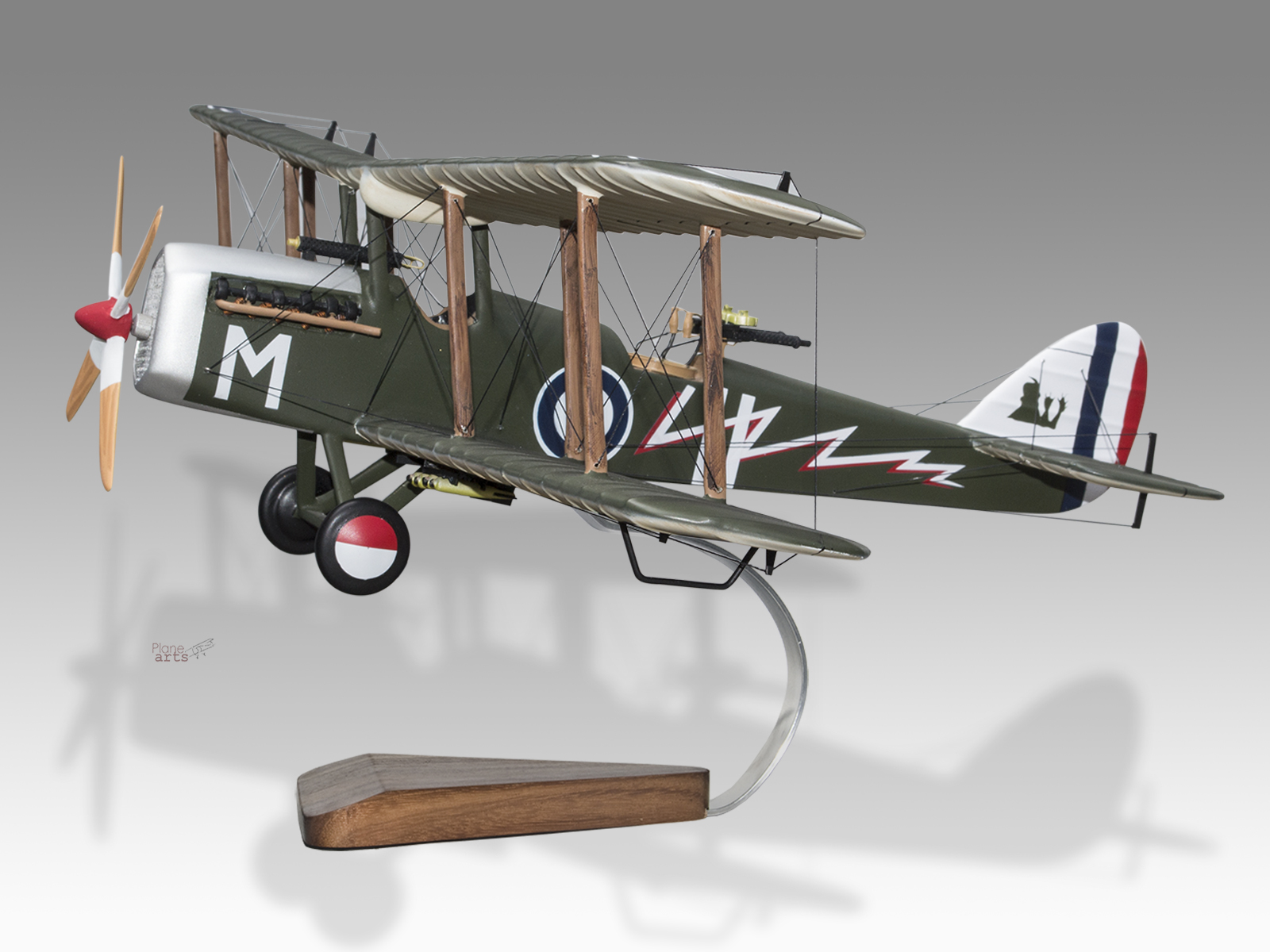
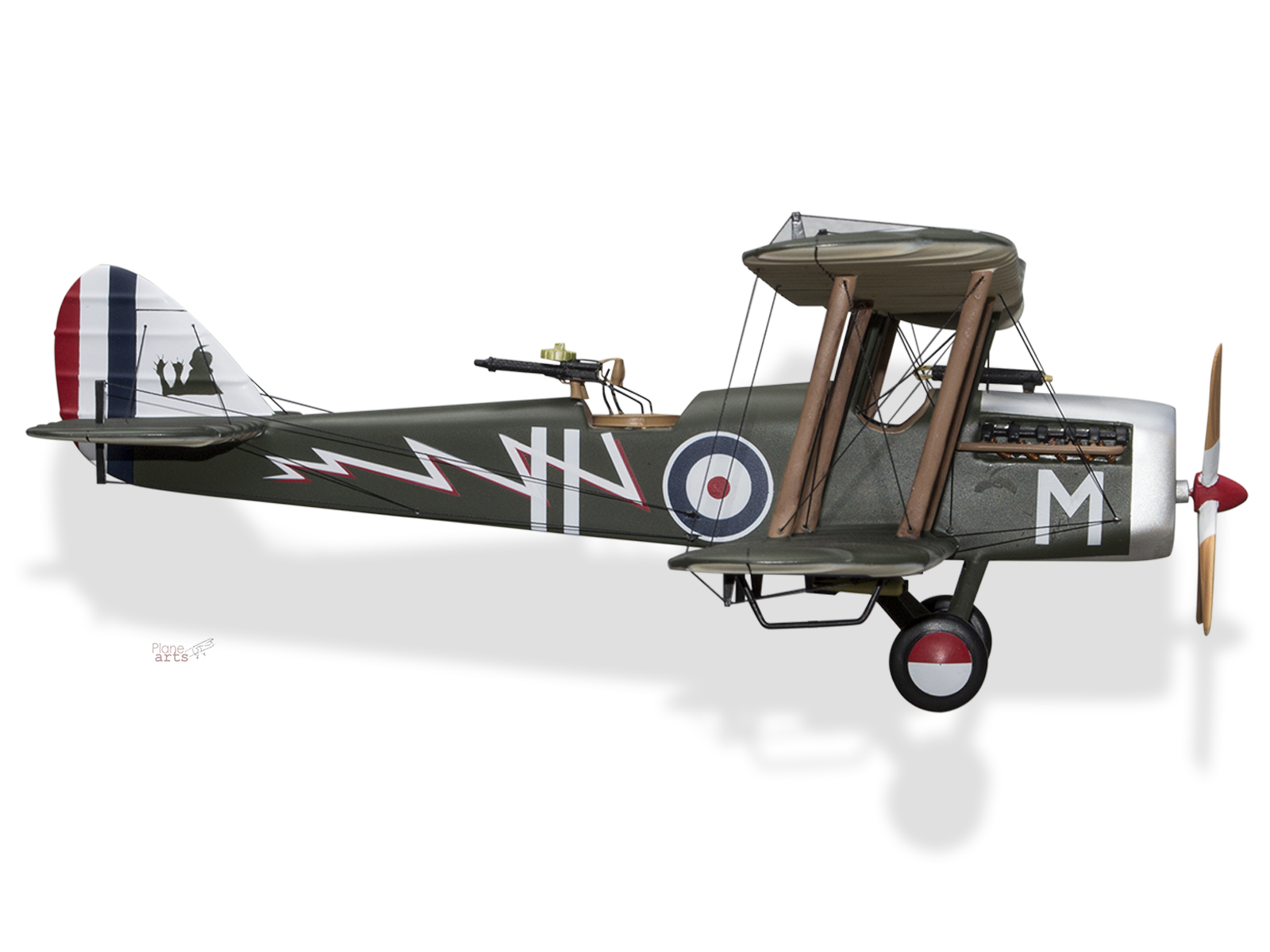
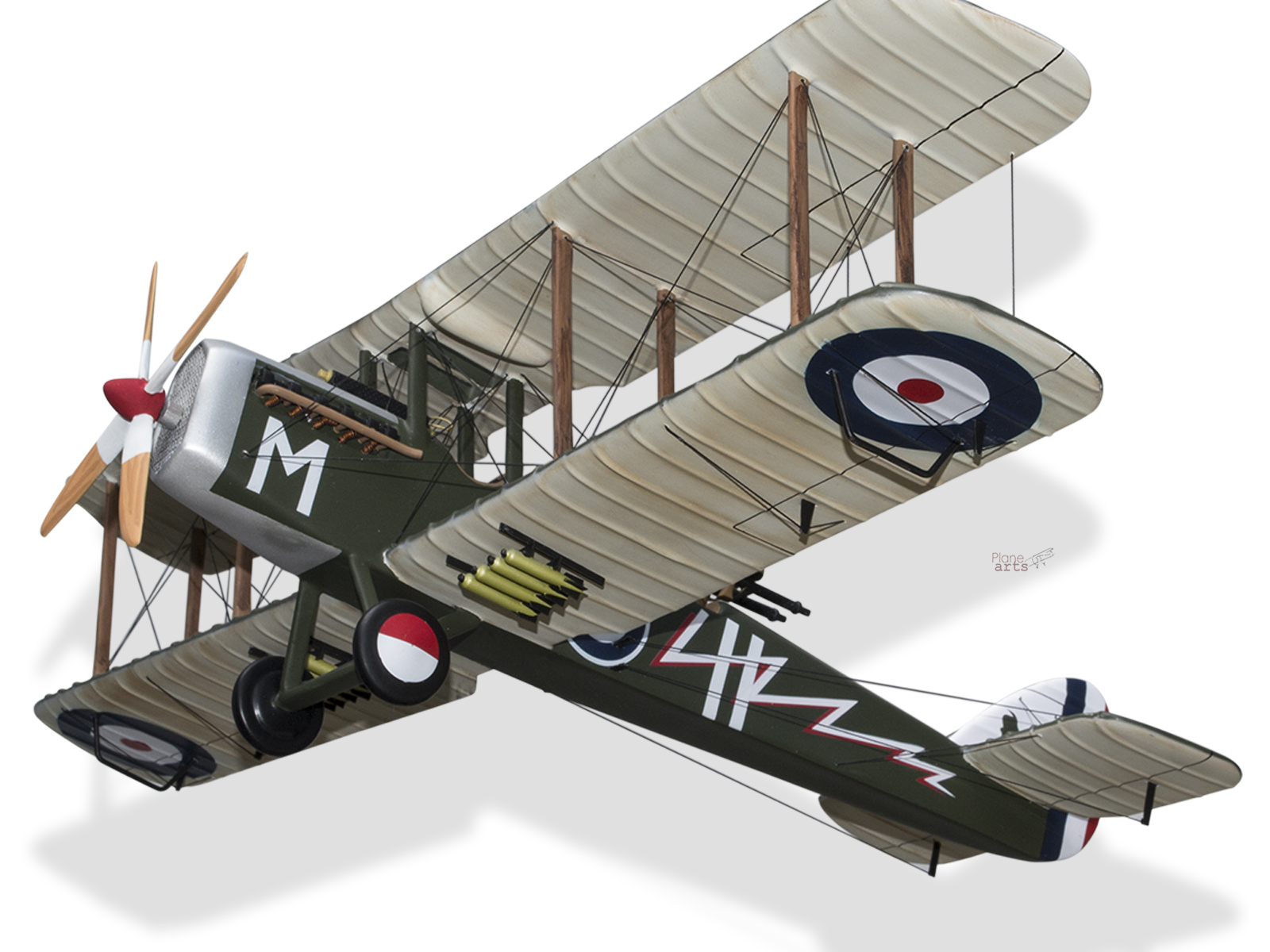
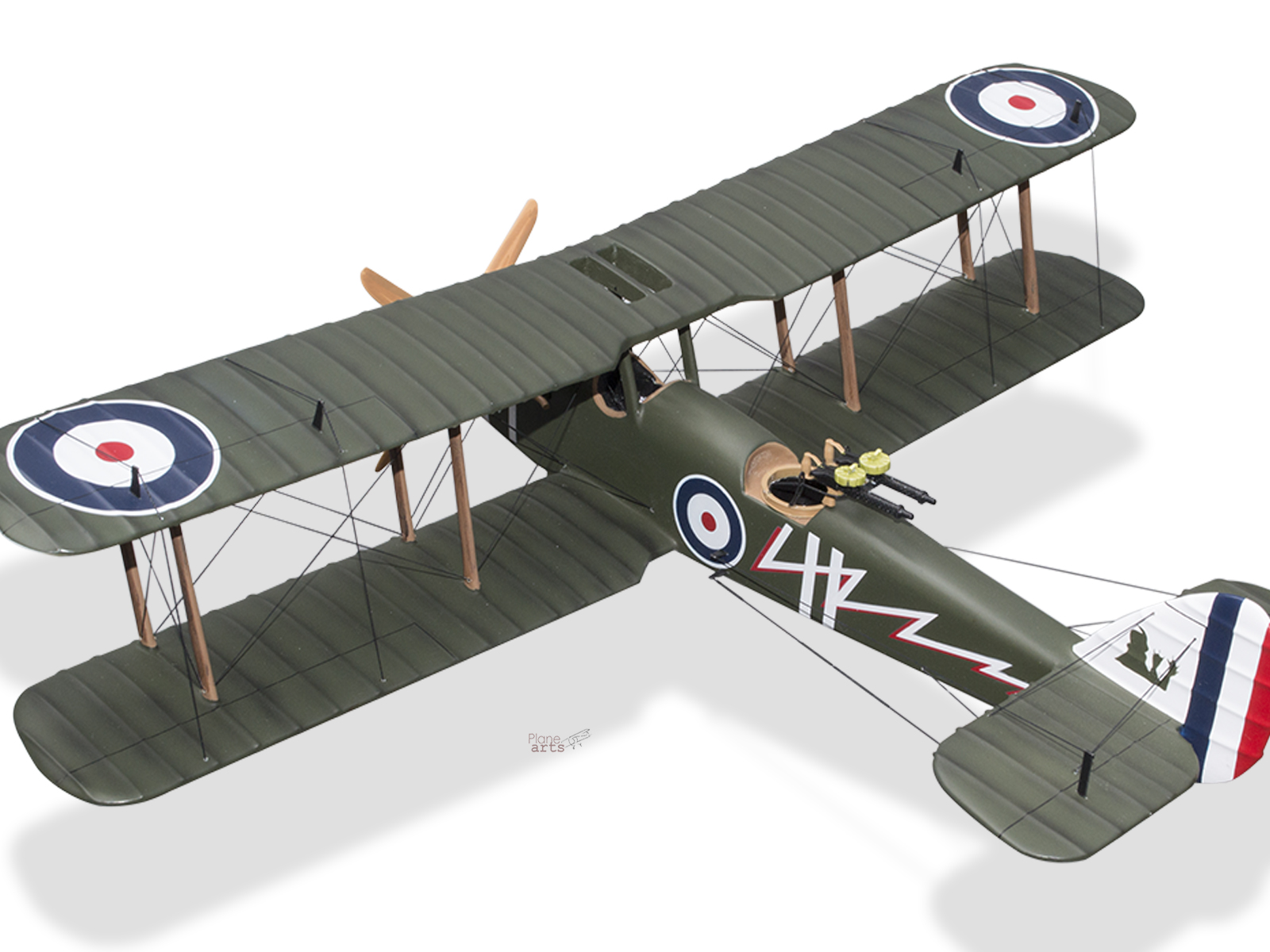
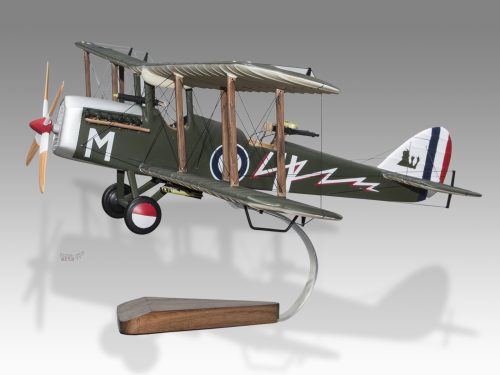
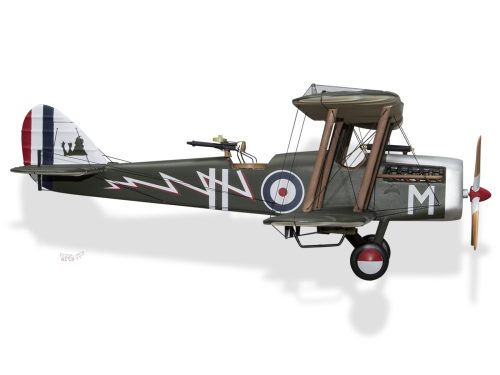
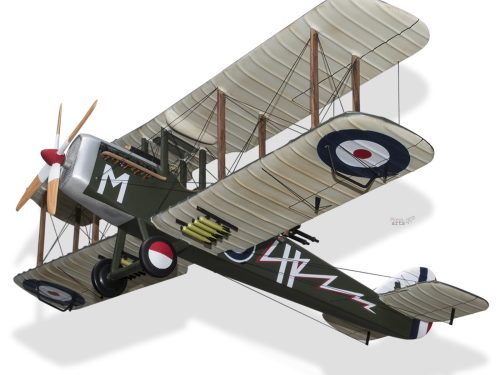
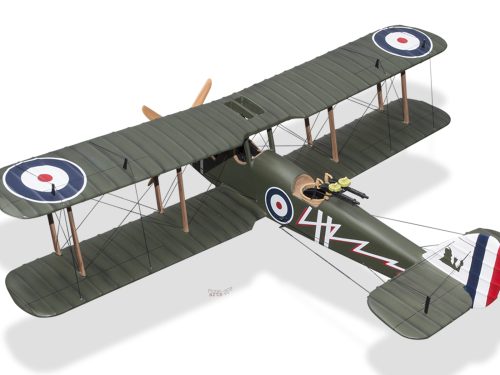
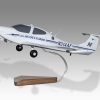
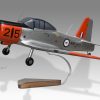
Reviews
There are no reviews yet.